Captivating Sepedi Traditional Dresses: A Glimpse into the Rich Heritage
Captivating Sepedi Traditional Dresses: A Glimpse into the Rich Heritage
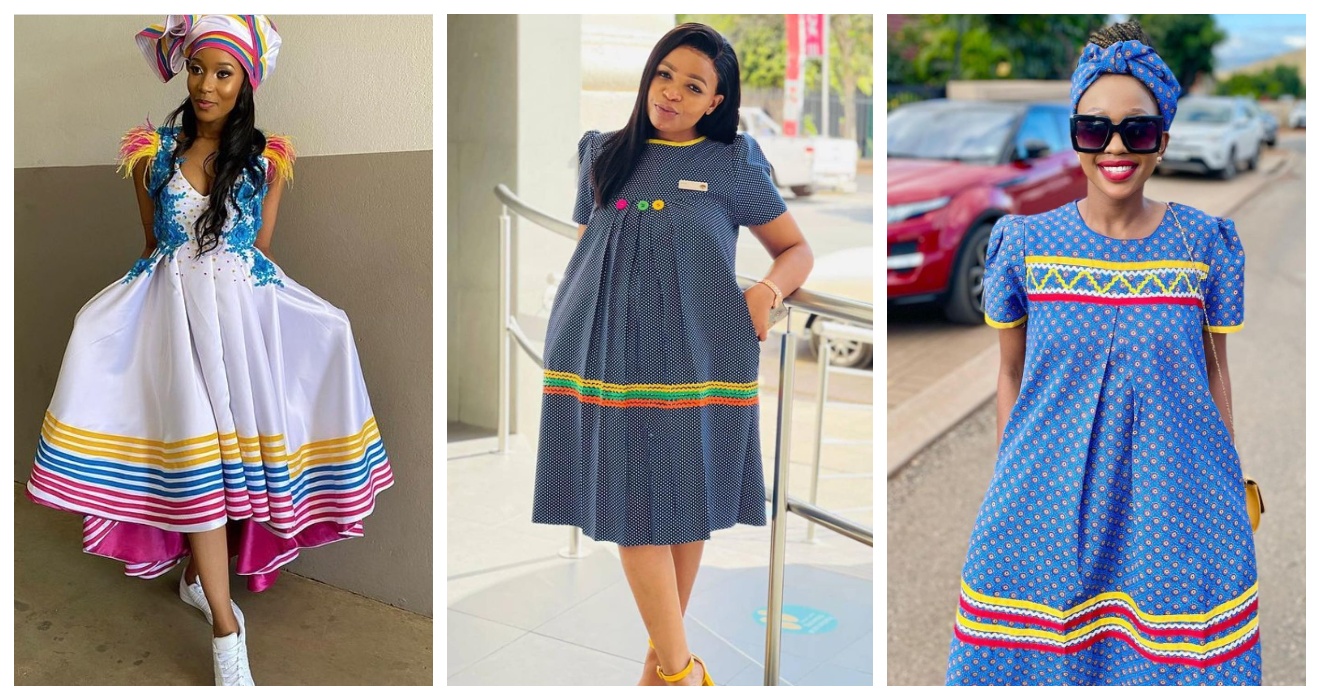
Introduction
Sepedi Traditional Dresses: A Glimpse into the Rich Heritage
Sepedi Traditional Dresses: Embracing Culture and Heritage
In the vibrant and culturally diverse nation of South Africa, the Sepedi people hold a deep respect for their traditions and heritage. One way they express this is through their traditional dresses, which are a symbol of pride and identity. Sepedi traditional dresses are known for their vibrant colors, intricate beadwork, and unique designs that reflect the rich history and customs of the Sepedi culture. These dresses are not just clothing; they are a way to embrace and celebrate their cultural identity.
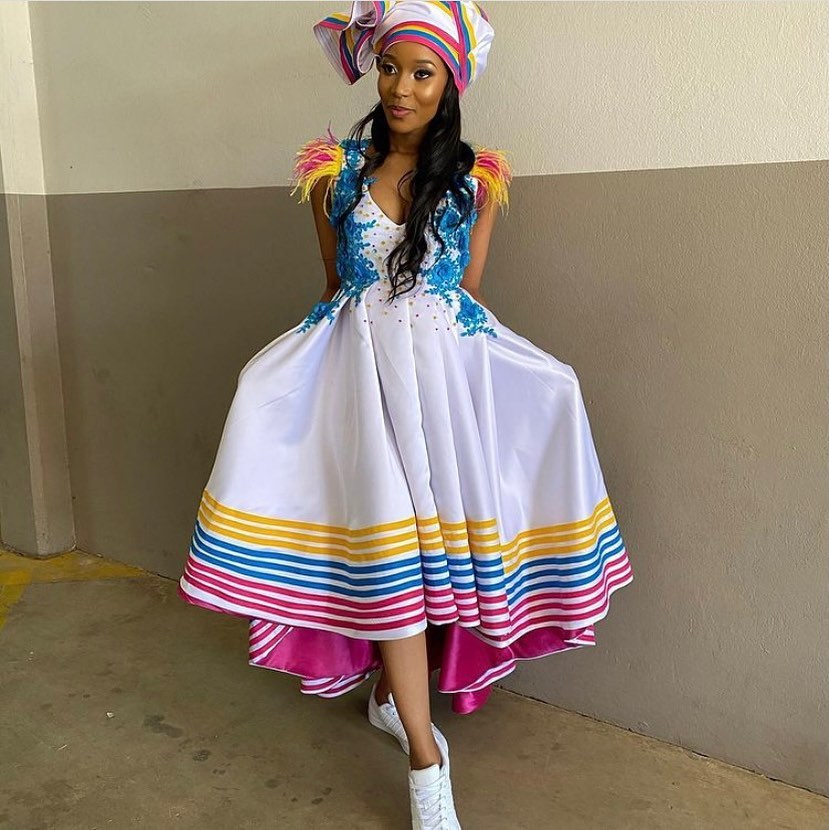
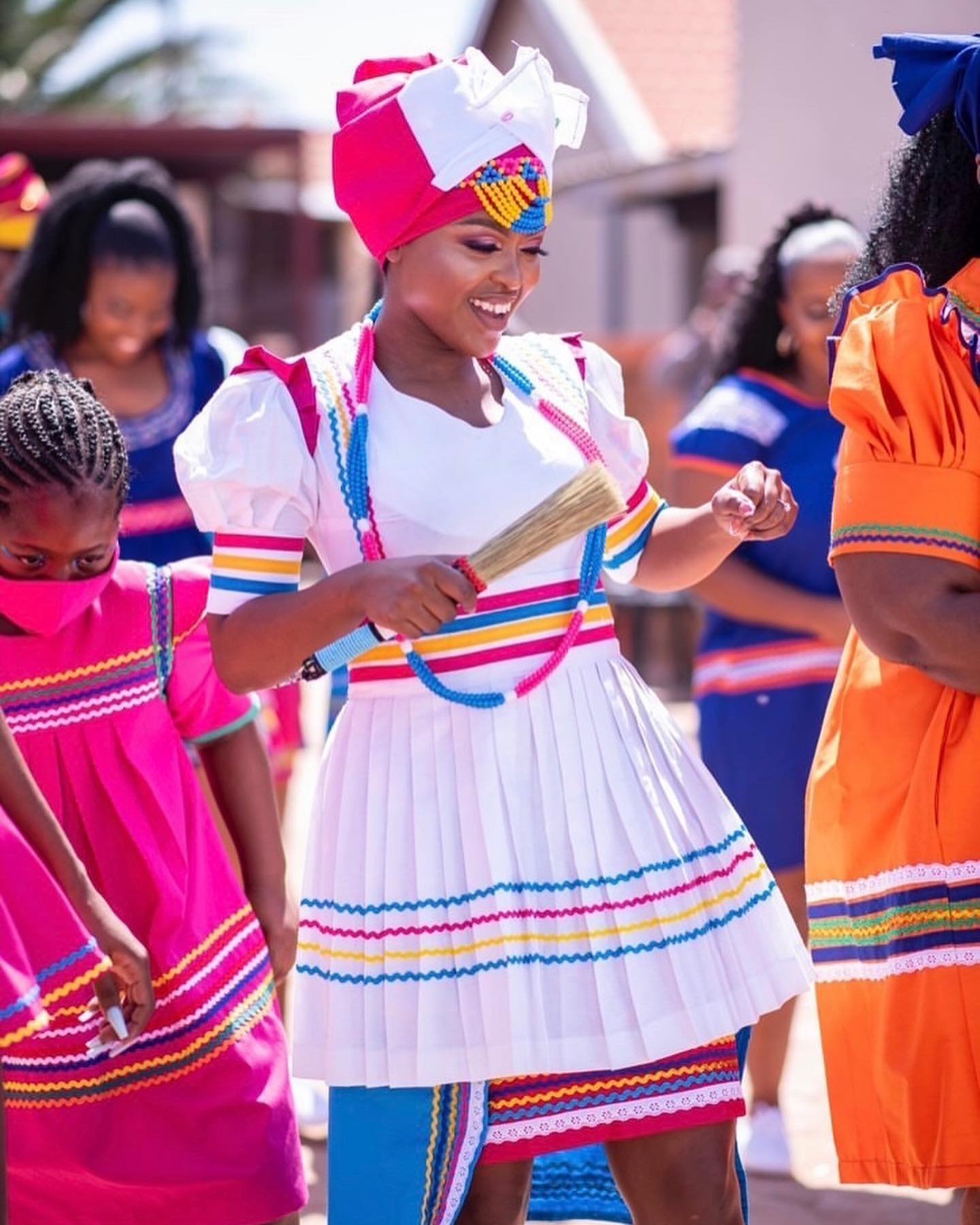
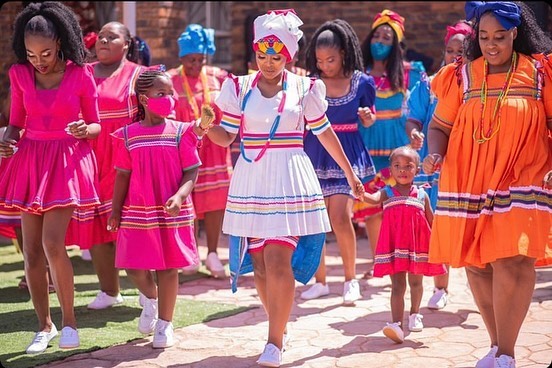
Impact of Traditional Dresses in Sepedi Culture
Sepedi traditional dresses play a significant role in Sepedi culture. They are worn on special occasions such as weddings, initiation ceremonies, and cultural festivals. By wearing these dresses, individuals are not only showcasing their cultural heritage but also preserving and passing on the traditions to future generations. The dresses are often made by skilled artisans who meticulously handcraft each garment, ensuring that every detail reflects the essence of Sepedi culture. The impact of these traditional dresses goes beyond fashion; they serve as a visual reminder of the deep-rooted traditions and values that are cherished by the Sepedi people.
Traditional Sepedi Women’s Dresses
Elegance and Beauty of Traditional Sepedi Women’s Dresses
The traditional Sepedi women’s dresses represent the essence of elegance and beauty. These dresses are not just garments; they are a reflection of the rich cultural heritage of the Sepedi people. With their intricate details and exquisite craftsmanship, they showcase the pride and identity of the wearer. The dresses are carefully designed with attention to every stitch and embellishment, creating a stunning and graceful silhouette. When wearing a traditional Sepedi dress, women exude confidence and radiate an undeniable charm that captivates everyone around them.
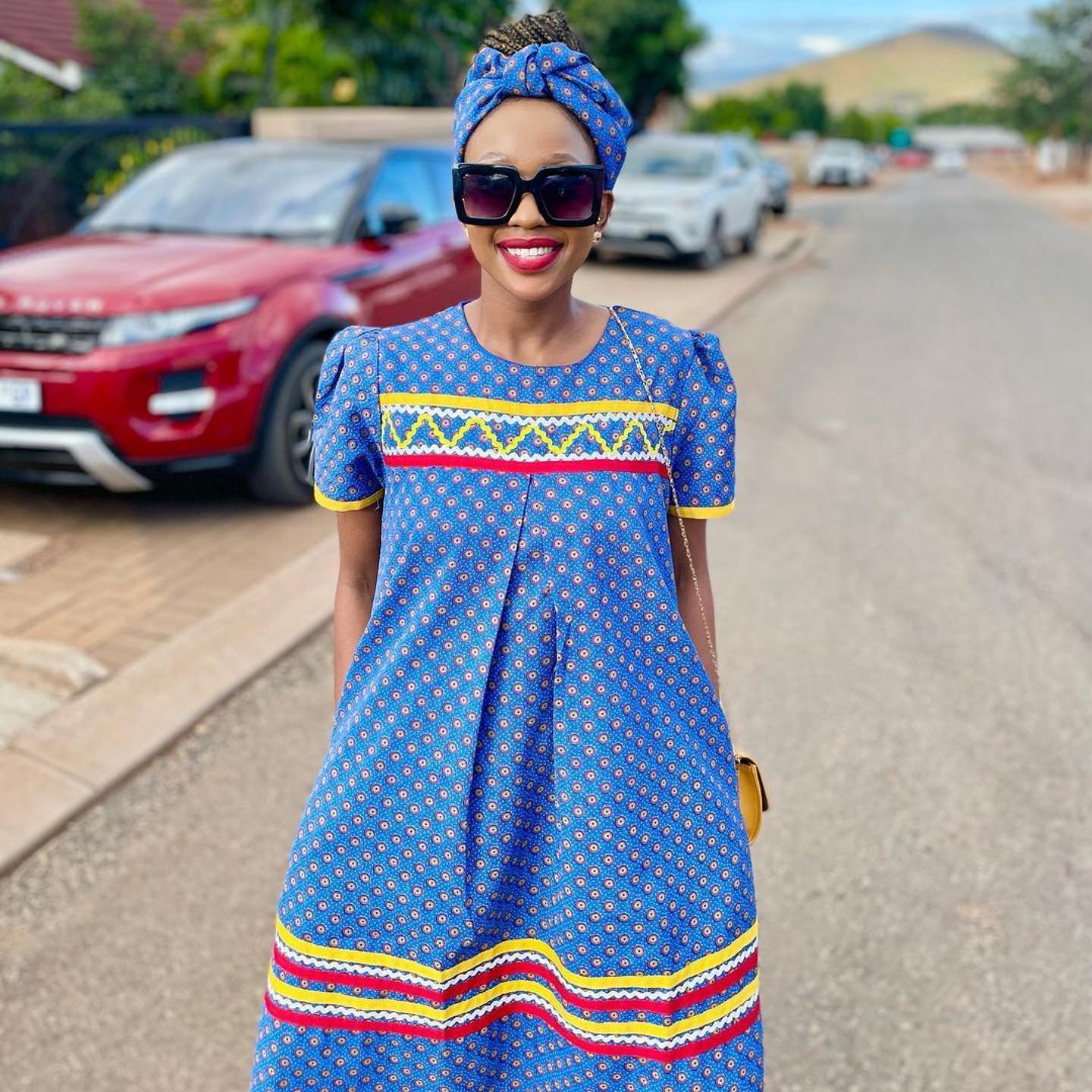
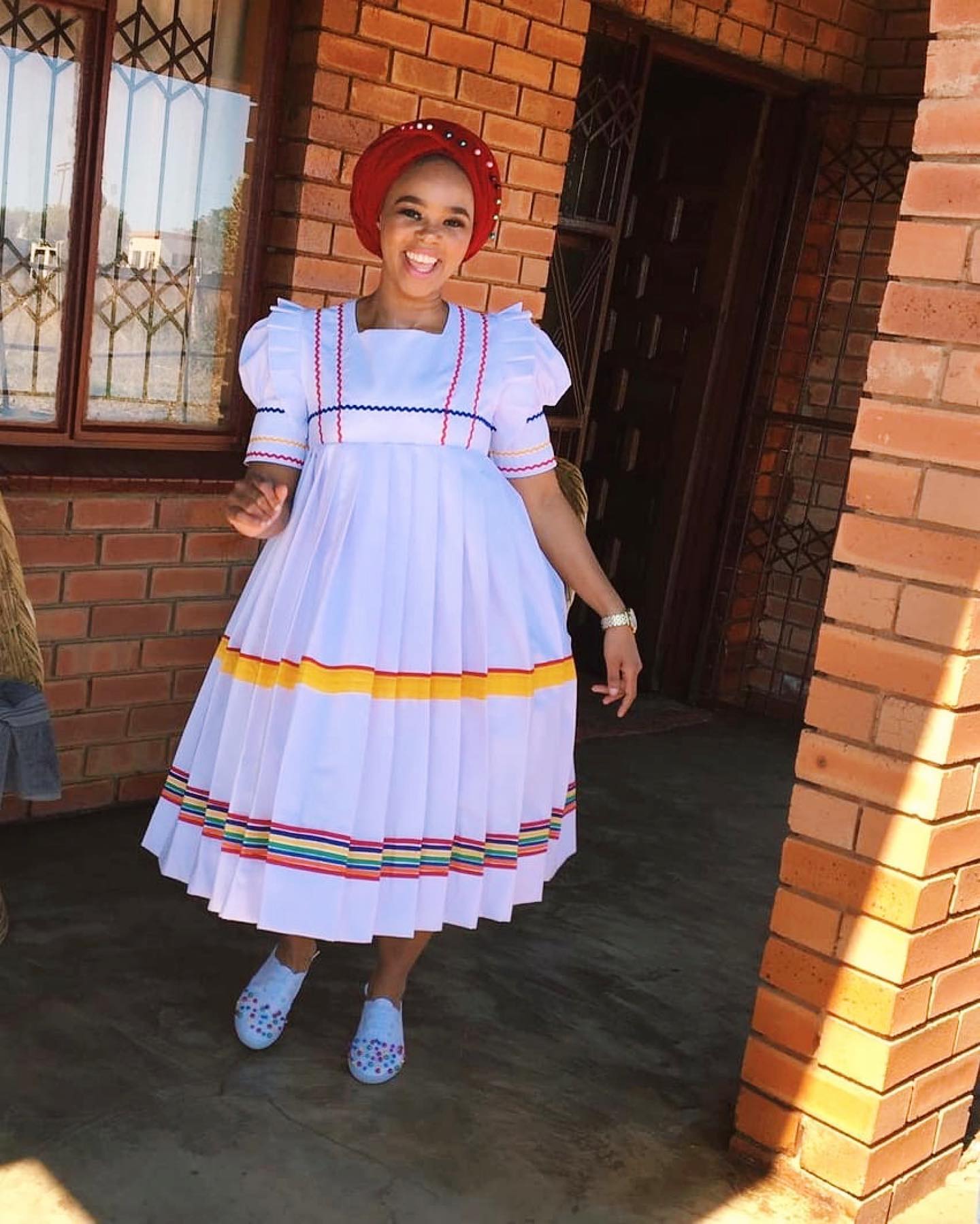
Colors and Patterns in Traditional Sepedi Women’s Dresses
Colors and patterns play a significant role in traditional Sepedi women’s dresses. Vibrant hues such as red, yellow, blue, and green are commonly used to symbolize different aspects of the Sepedi culture. Each color carries its own meaning, representing emotions, celebrations, or important life events. The patterns on the dresses are carefully chosen and reflect the rich history and customs of the Sepedi culture. From intricate beadwork to traditional geometric designs, these patterns add depth and character to the dresses, making them truly unique and visually captivating
Traditional Sepedi Men’s Attire
Tradition and Style in Traditional Sepedi Men’s Attire
Traditional Sepedi men’s attire embodies tradition and style, reflecting the rich cultural heritage of the Sepedi people. These garments are not only worn for special occasions and ceremonies but also serve as a way to showcase one’s identity and pride in their heritage. The attire typically consists of a shirt or tunic, trousers, and various accessories that add a touch of elegance and uniqueness. The colors, patterns, and craftsmanship of these garments are carefully chosen to represent the customs and traditions of the Sepedi culture, creating a distinctive and stylish look.
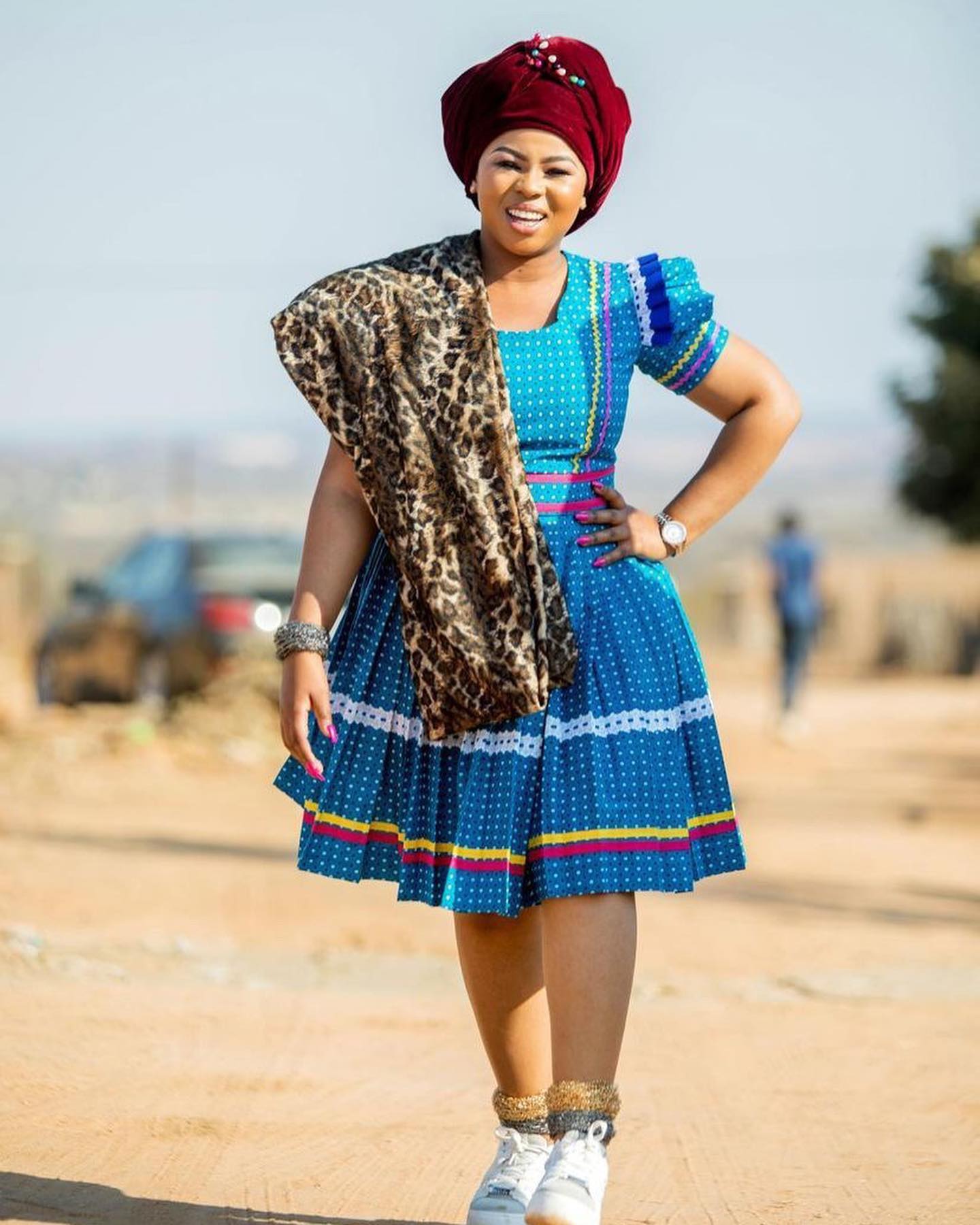
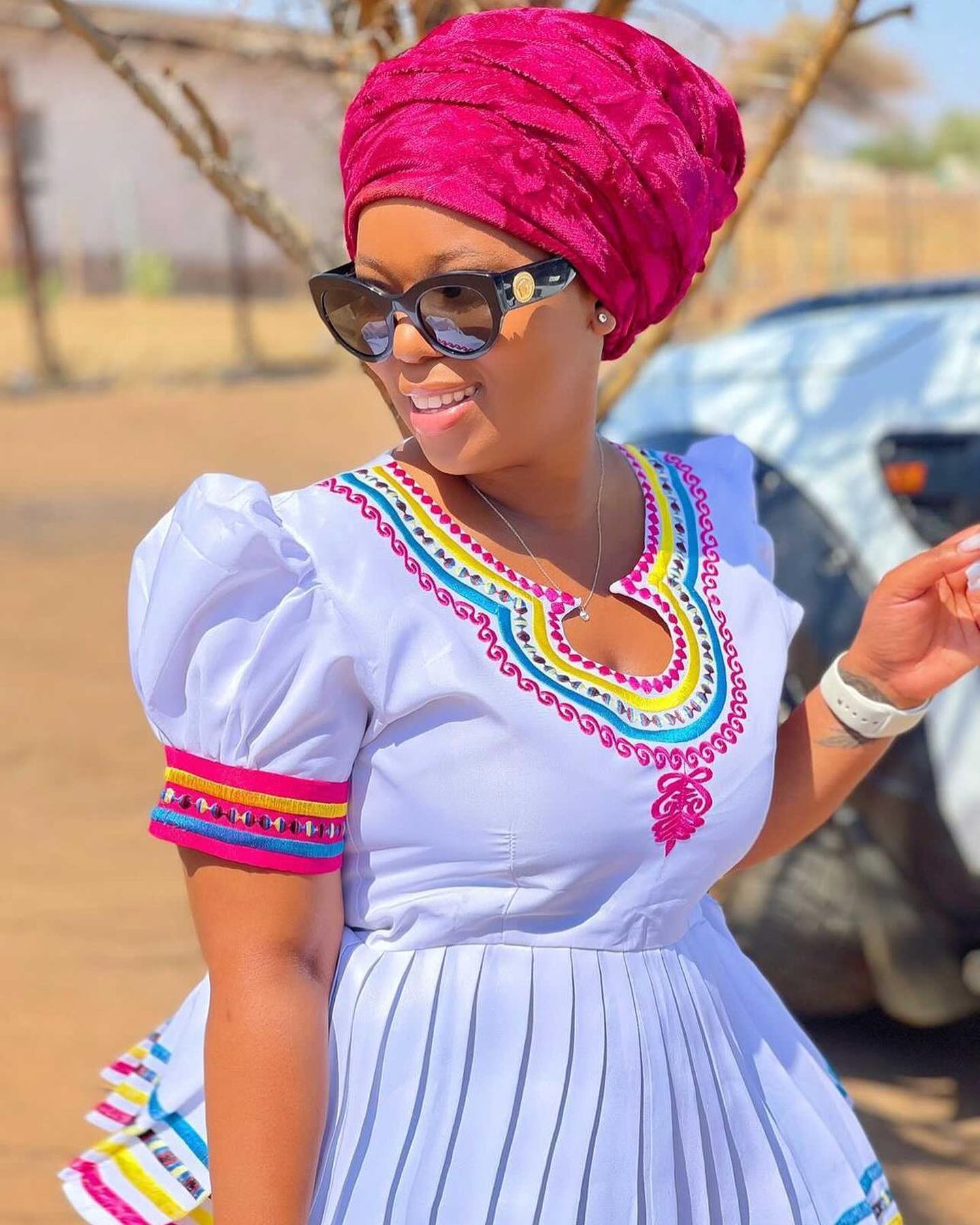
Significance of Accessories in Traditional Sepedi Men’s Attire
Accessories play a significant role in traditional Sepedi men’s attire, adding a touch of sophistication and completing the overall look. Some commonly worn accessories include hats, caps, belts, and jewelry. These accessories are not merely decorative but also hold cultural and symbolic meanings. They can represent social status, showcase specific skills or achievements, or serve as a form of personal expression. From intricately designed beaded belts to uniquely crafted hats, these accessories add an extra layer of significance and enhance the overall appeal of traditional Sepedi men’s attire.
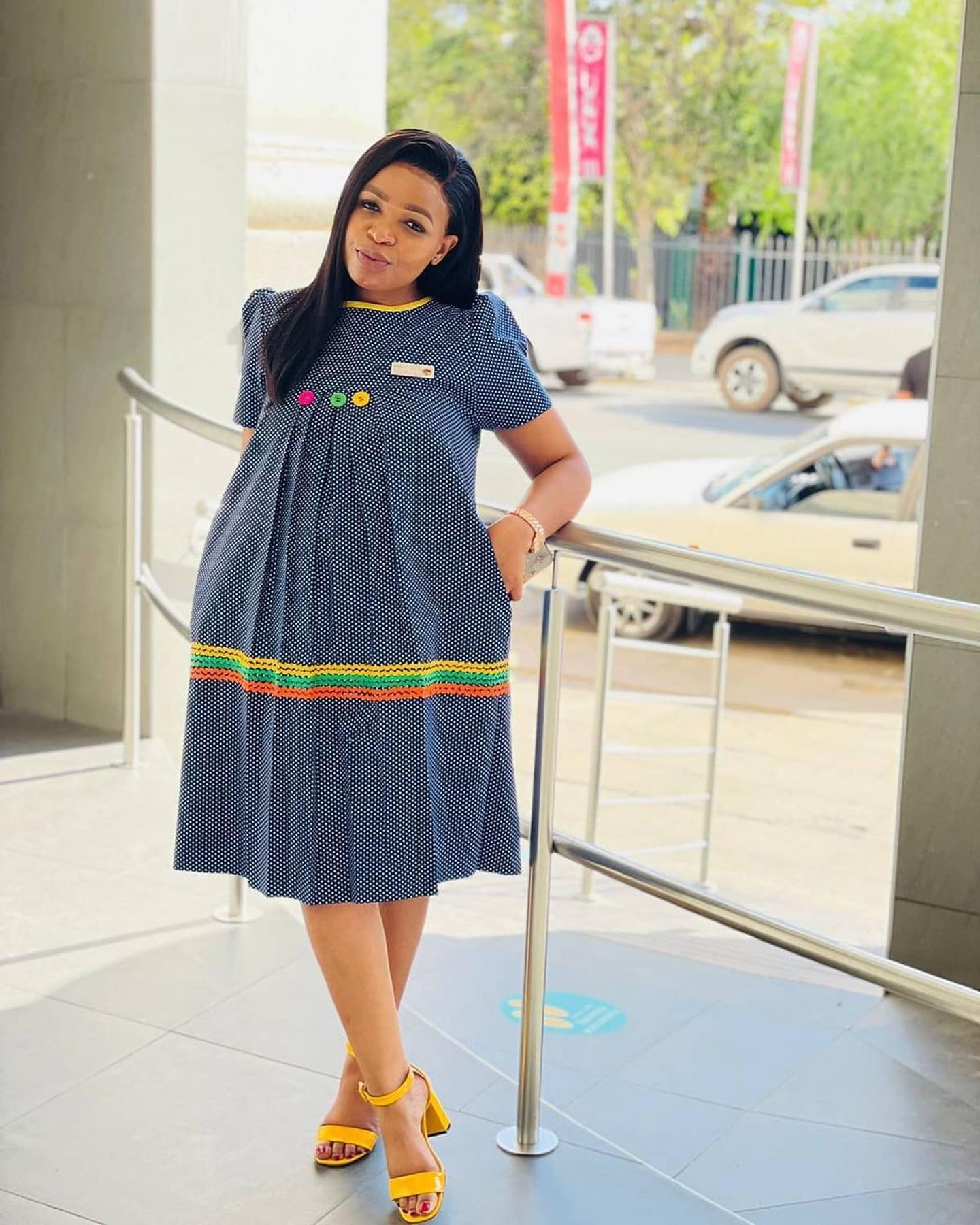
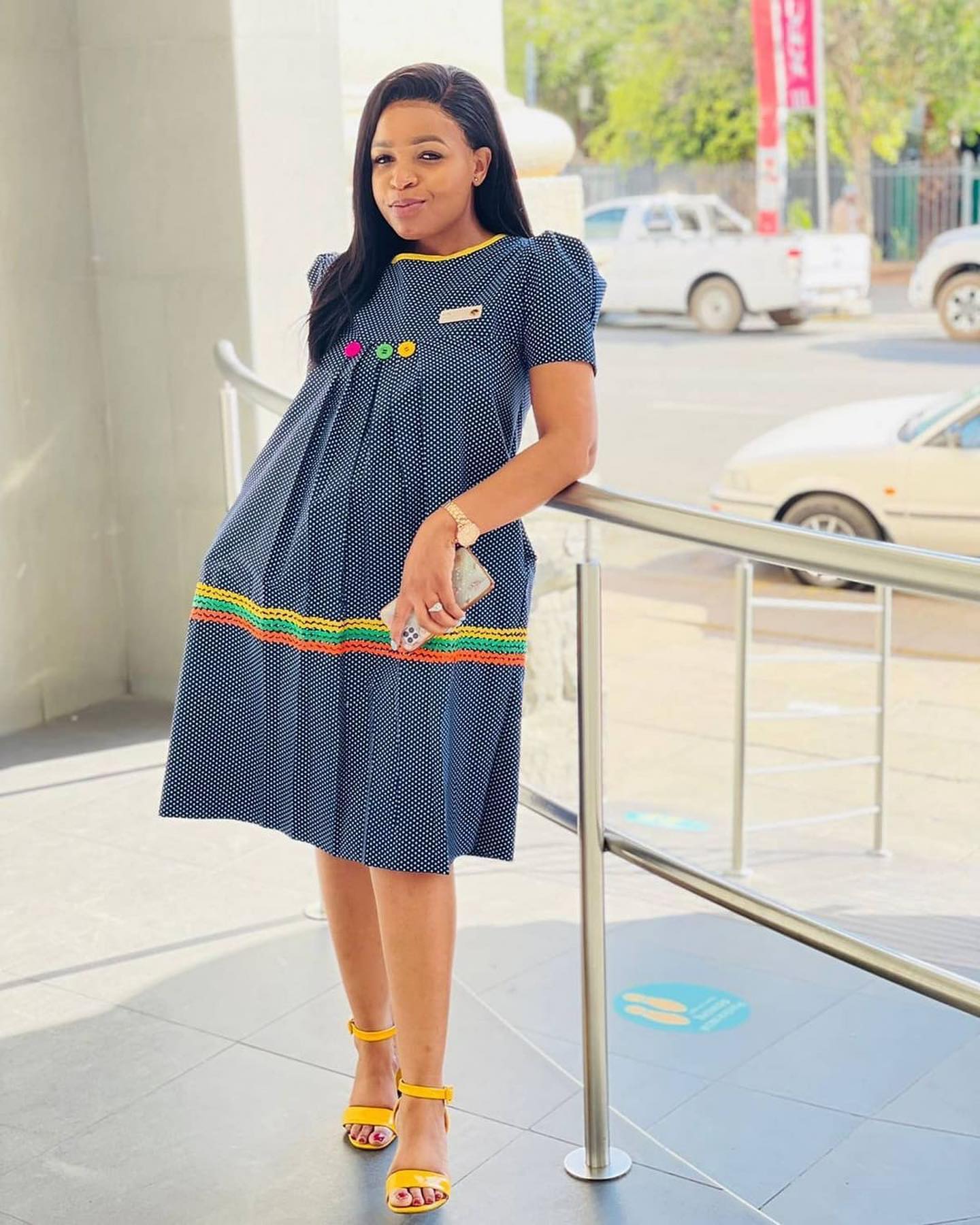
Evolution of Sepedi Traditional Dresses
Traditional Sepedi dresses have evolved over the years, blending influences from different cultures and embracing modern adaptations. These dresses are not only a reflection of the rich heritage of the Sepedi people but also a testament to their ability to adapt and embrace change. Here, we will explore the influences and modern adaptations in Sepedi traditional dresses, as well as the integration of contemporary fashion trends.
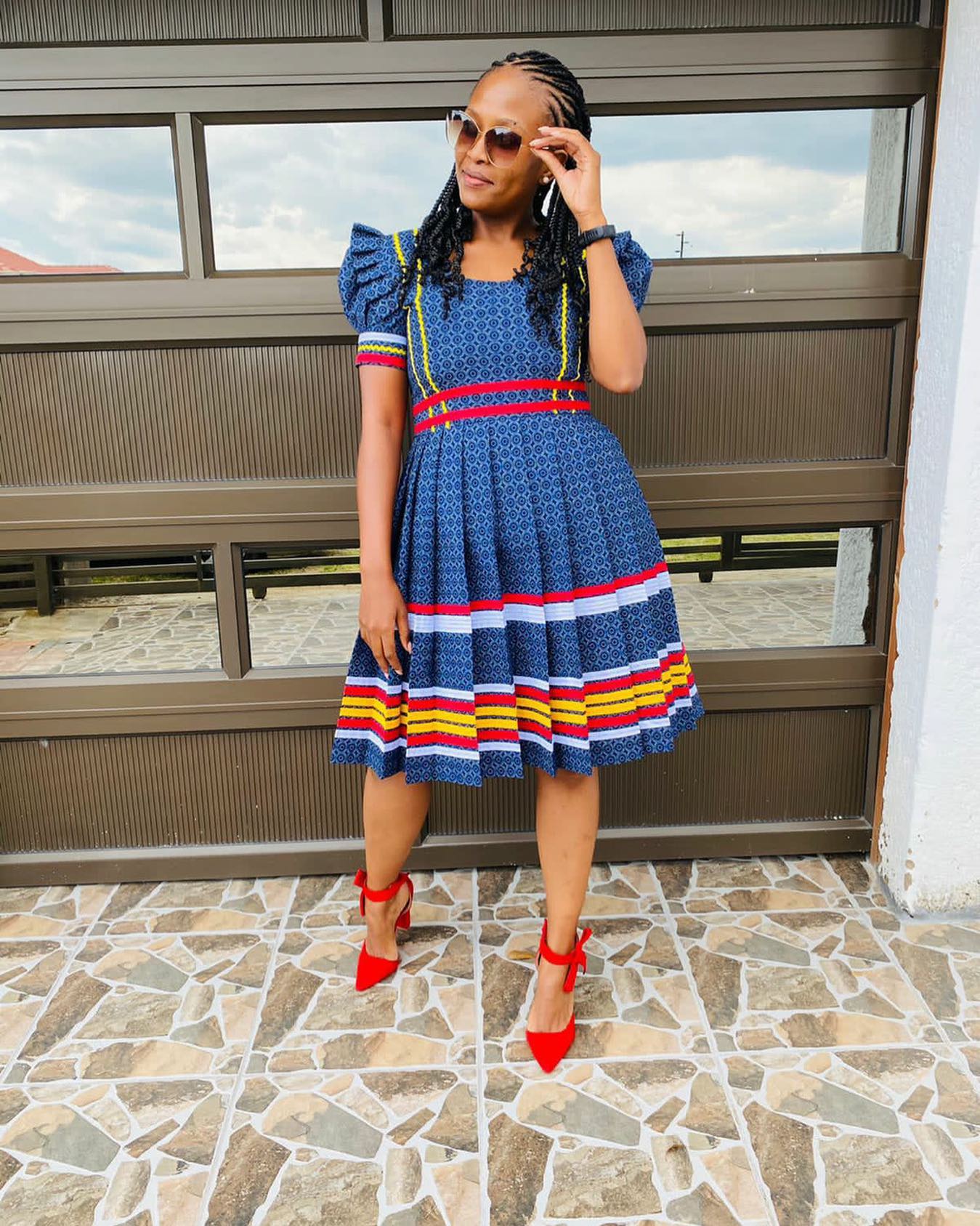
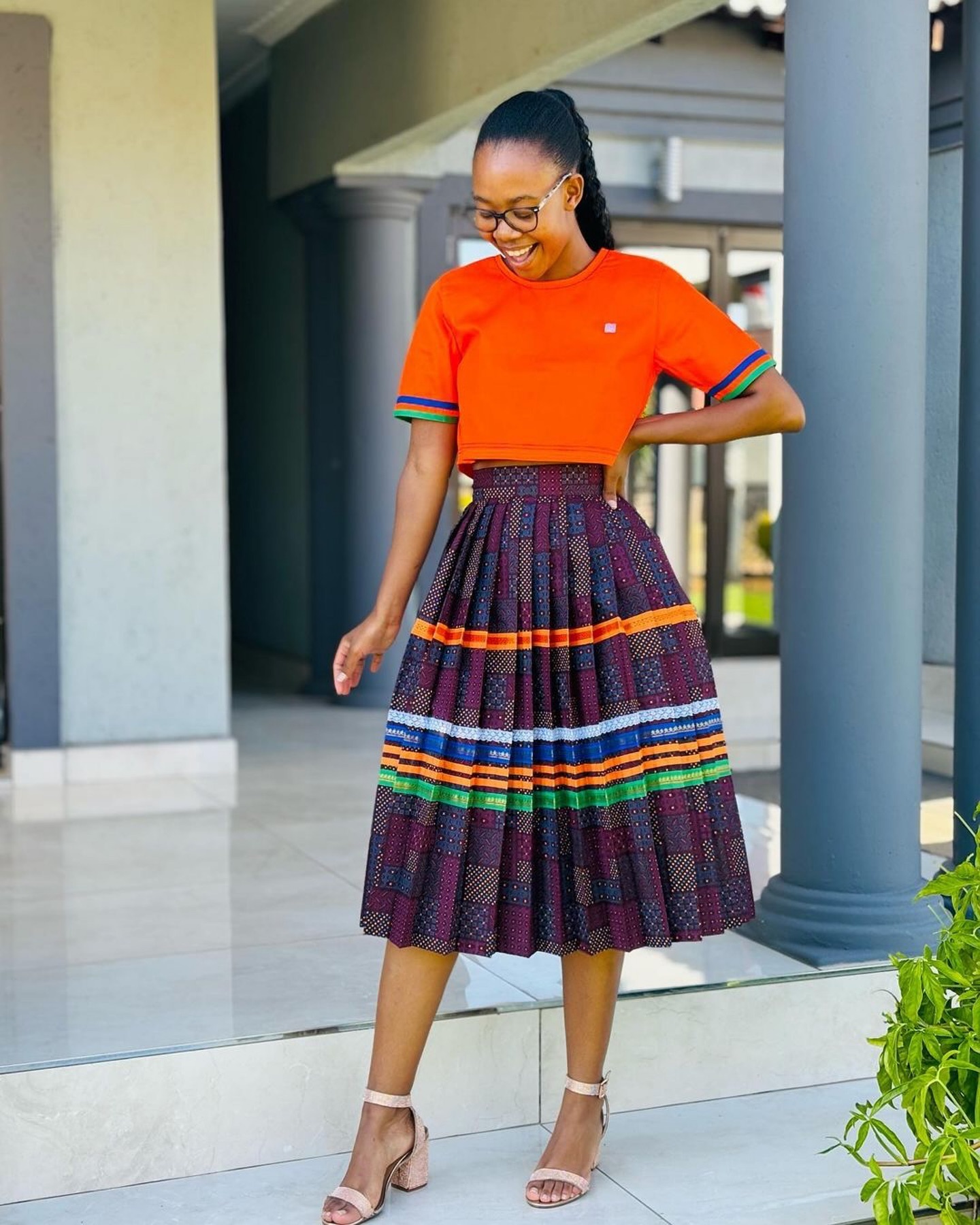
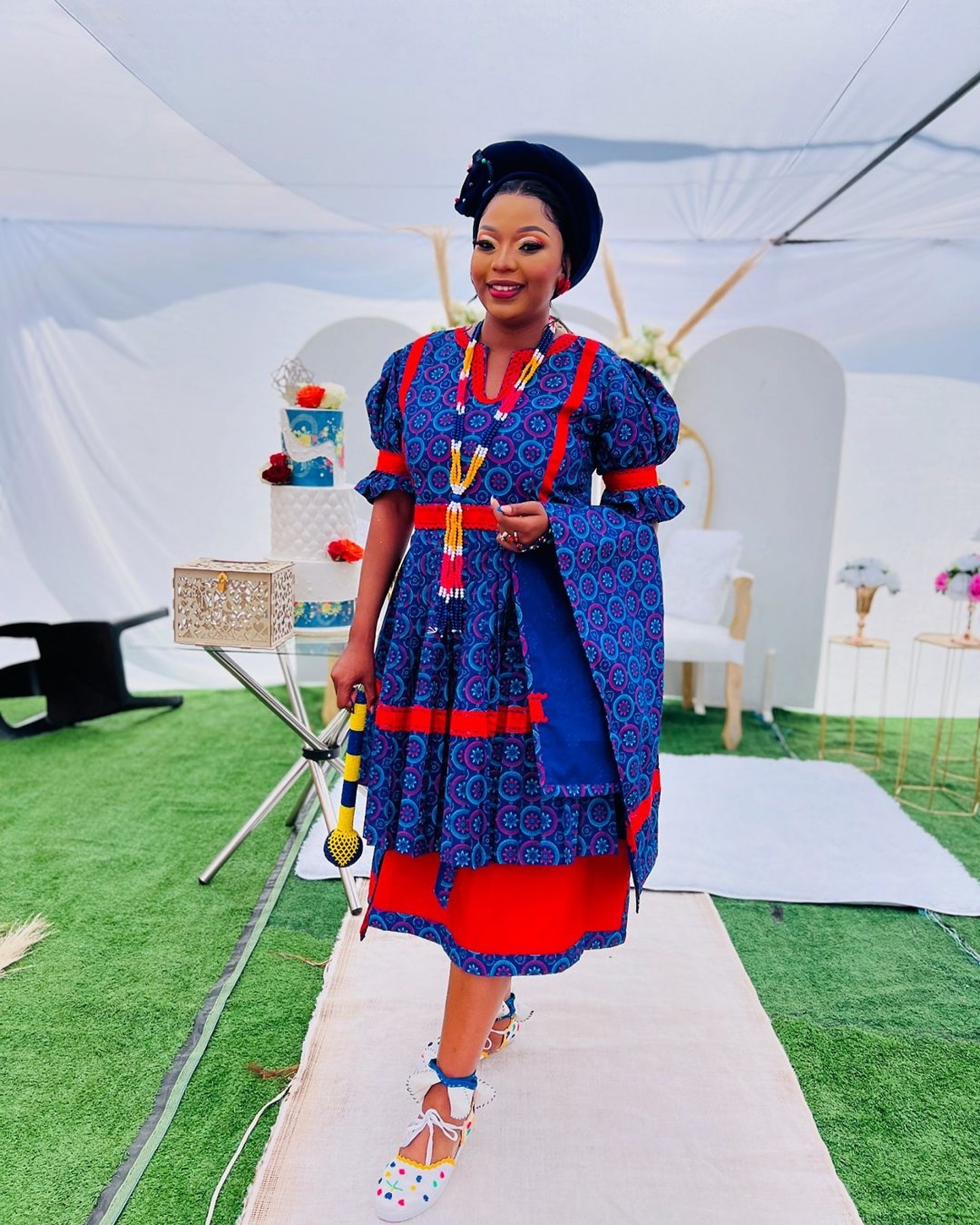
Influences and Modern Adaptations in Sepedi Traditional Dresses
Sepedi traditional dresses have been influenced by various cultures, including Sotho, Tswana, and Nguni. These influences can be seen in the choice of colors, patterns, and fabrics used. Modern adaptations have also become prevalent, with the incorporation of contemporary elements such as different necklines, sleeve designs, and embellishments. This blend of traditional and modern elements creates a unique and captivating look that celebrates the Sepedi heritage while embracing the changing fashion landscape.
Integration of Contemporary Fashion Trends in Sepedi Traditional Dresses
In recent years, there has been a conscious effort to integrate contemporary fashion trends into Sepedi traditional dresses. This includes using modern fabrics such as chiffon and lace, as well as incorporating trendy silhouettes and cuts. The integration of contemporary fashion trends allows for more versatility and appeal, appealing to a wider audience while still honoring the traditional aspects of Sepedi culture. From bold prints to intricate beadwork, Sepedi traditional dresses continue to captivate with their fusion of tradition and modernity.
Preserving the Sepedi Heritage
Role of Traditional Dresses in Preserving Sepedi Heritage
Traditional dresses play a significant role in preserving the rich heritage of the Sepedi people. These dresses are not just garments; they are a symbol of tradition, culture, and identity. By adorning traditional dresses, the Sepedi people honor their ancestors and keep their customs alive. The intricate patterns, vibrant colors, and unique designs of these dresses tell stories and convey the values and traditions of the Sepedi community.
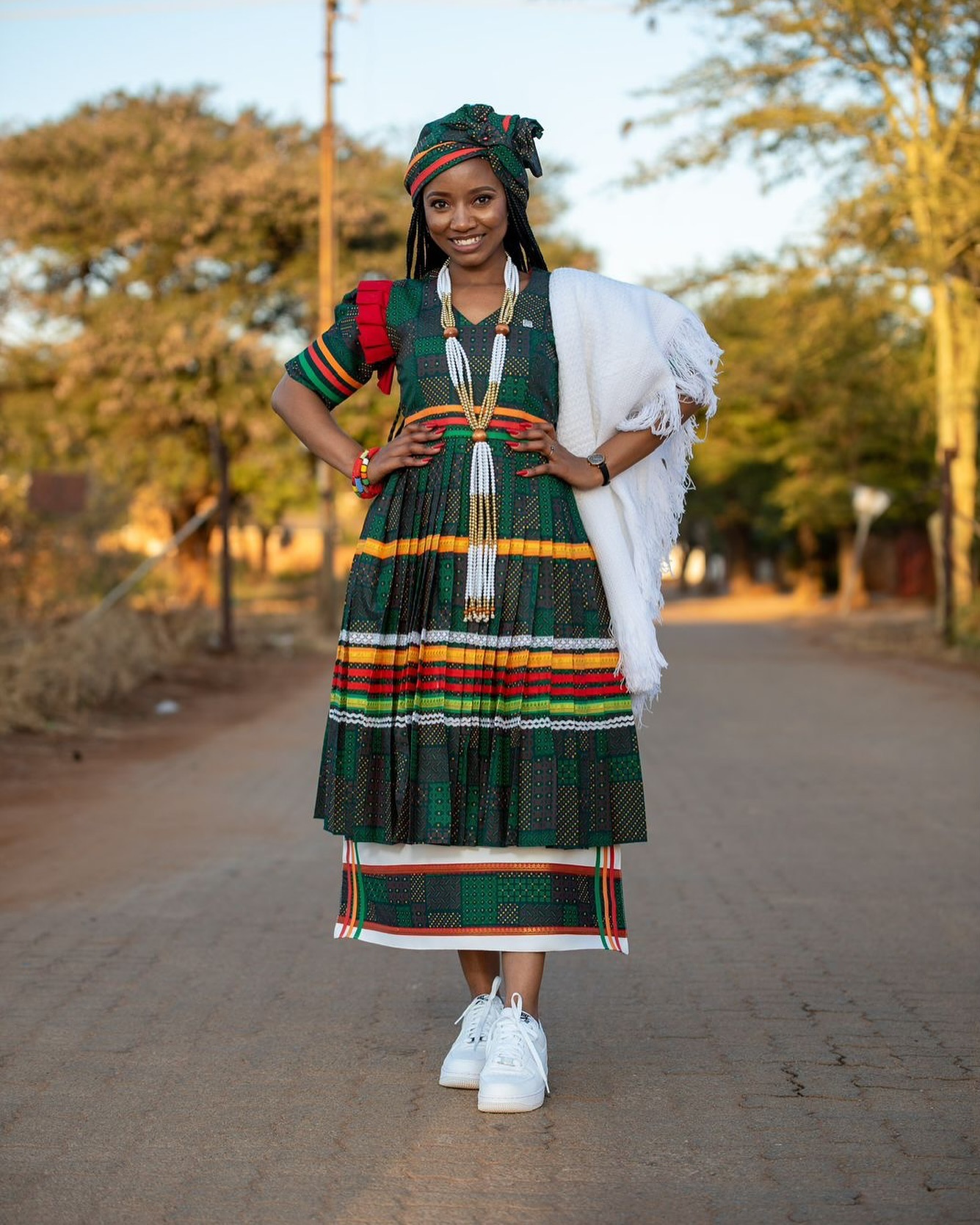
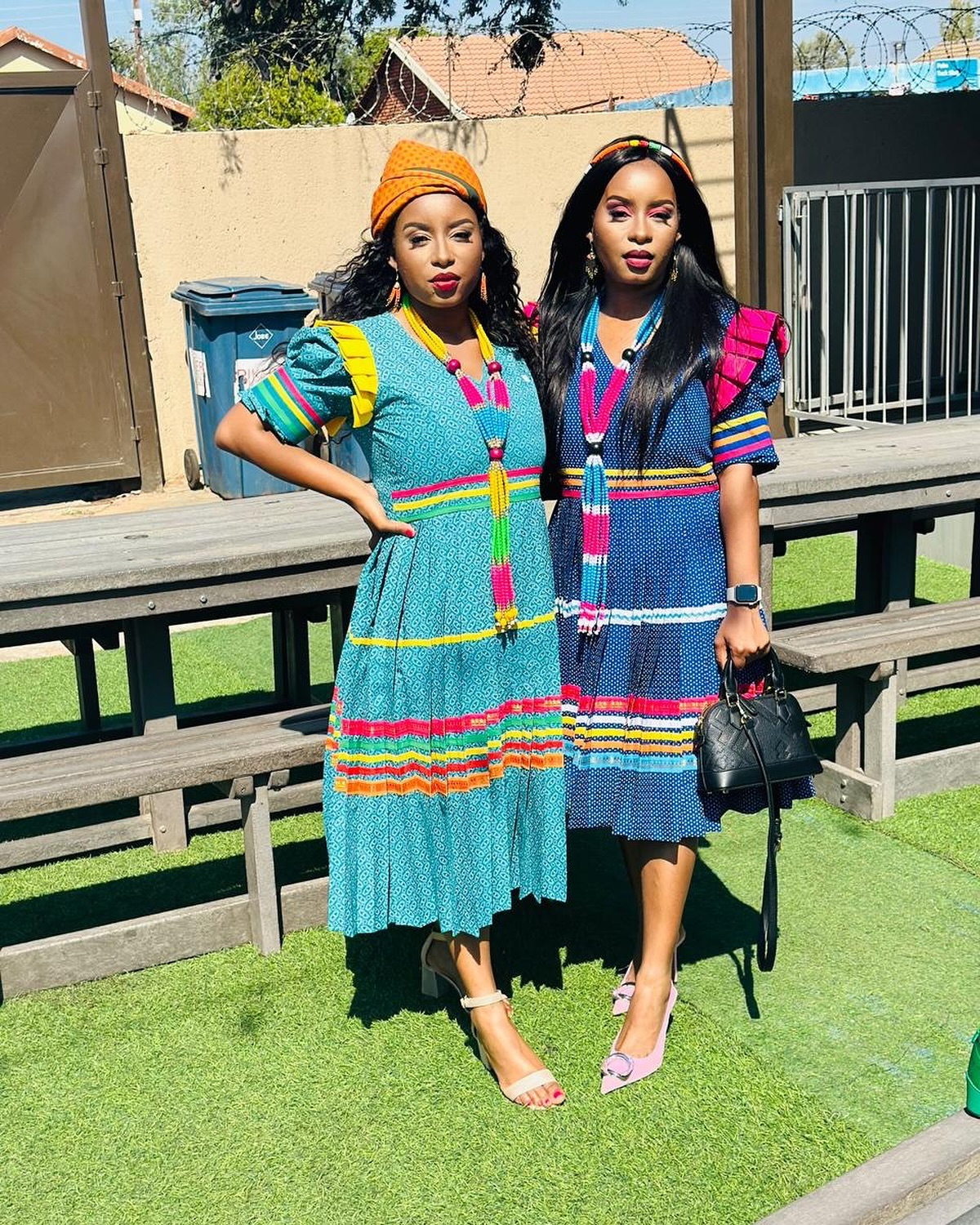
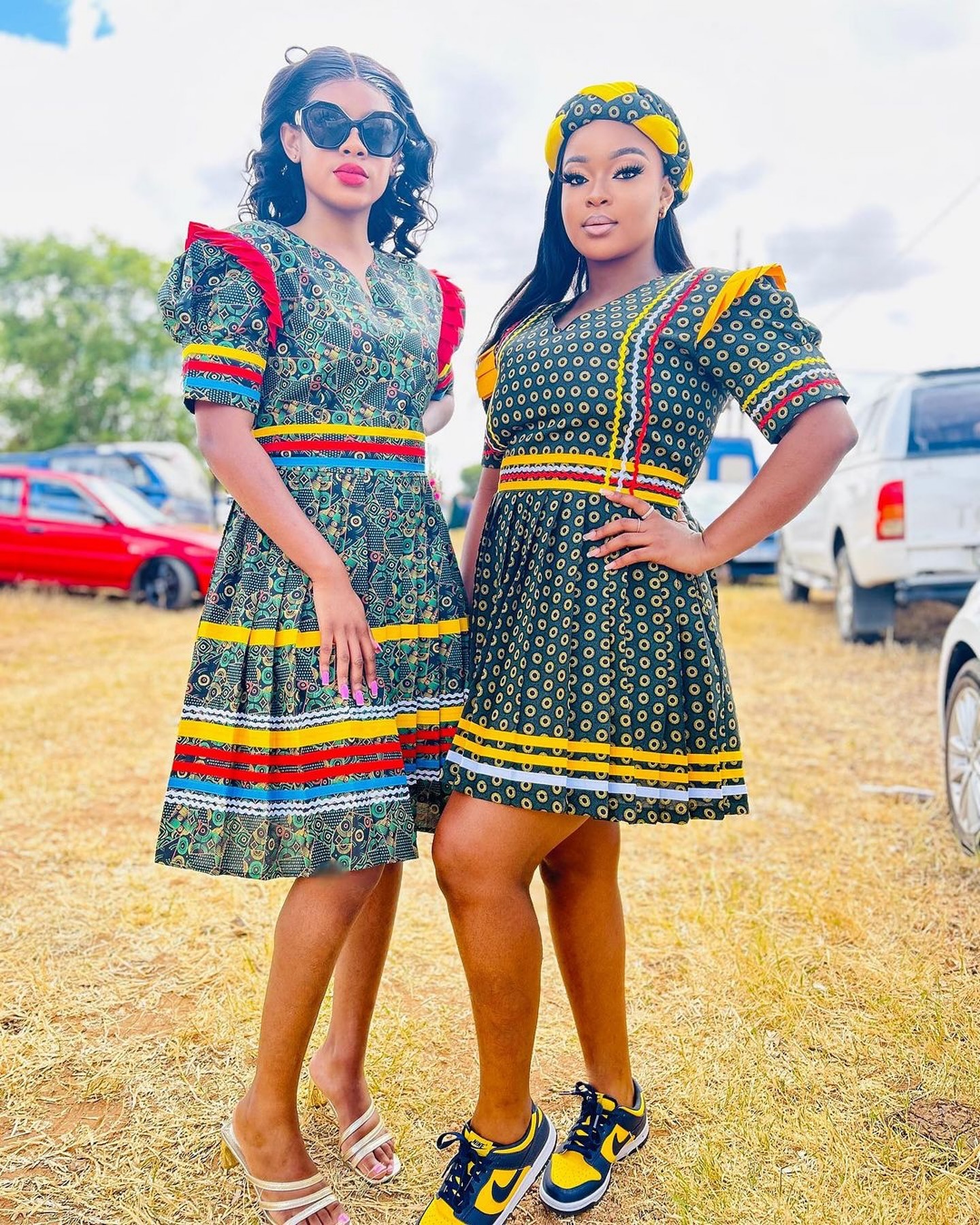
Efforts to Promote and Preserve Sepedi Traditional Dresses
In recent years, there have been concerted efforts to promote and preserve Sepedi traditional dresses. Organizations and individuals have organized fashion shows, exhibitions, and cultural events to showcase the beauty and significance of these dresses. Fashion designers have also embraced Sepedi traditional dresses, incorporating them into their collections and bringing them into the mainstream fashion industry. By creating awareness and appreciation for Sepedi traditional dresses, these efforts ensure that the Sepedi heritage continues to thrive and be celebrated for generations to come.
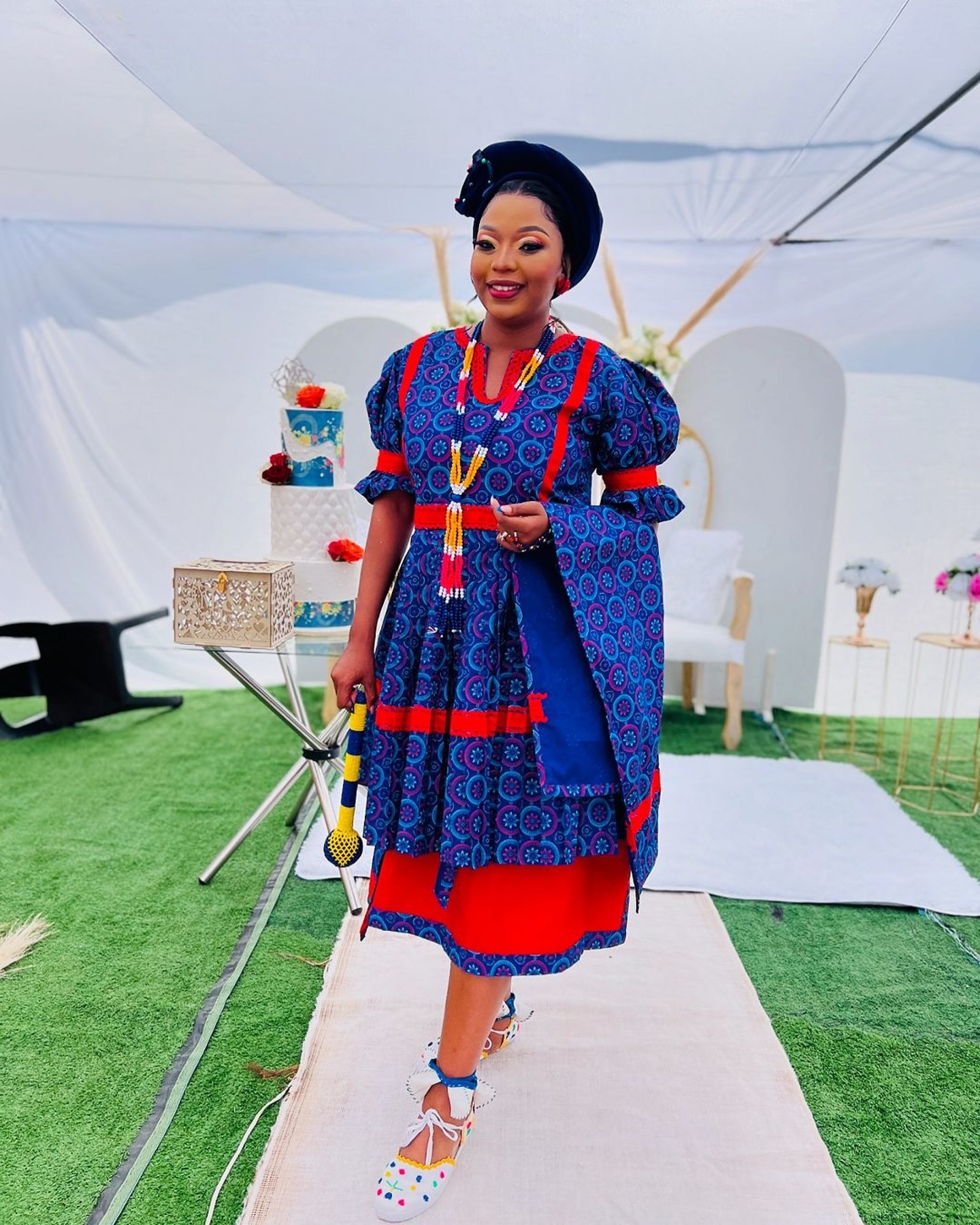
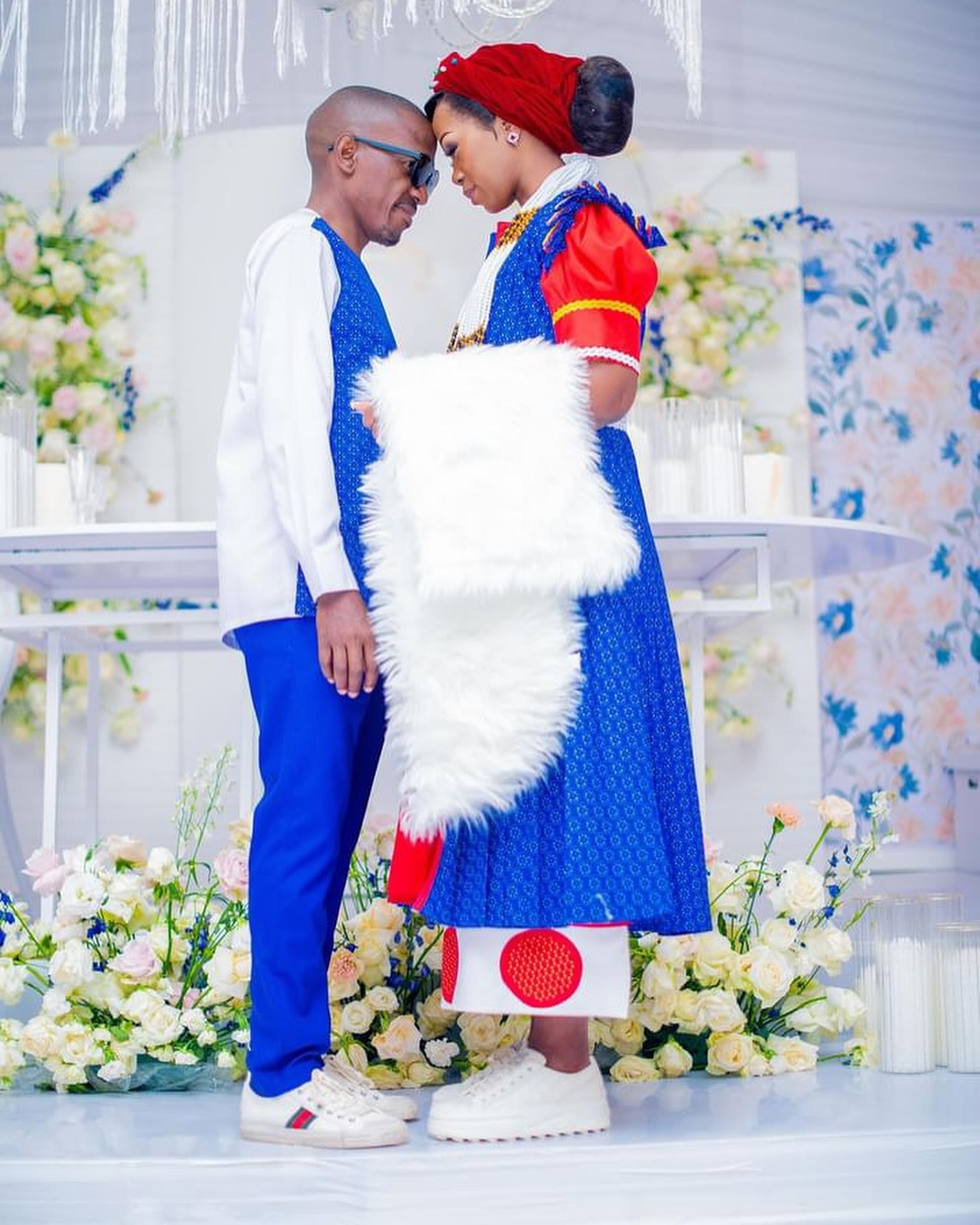
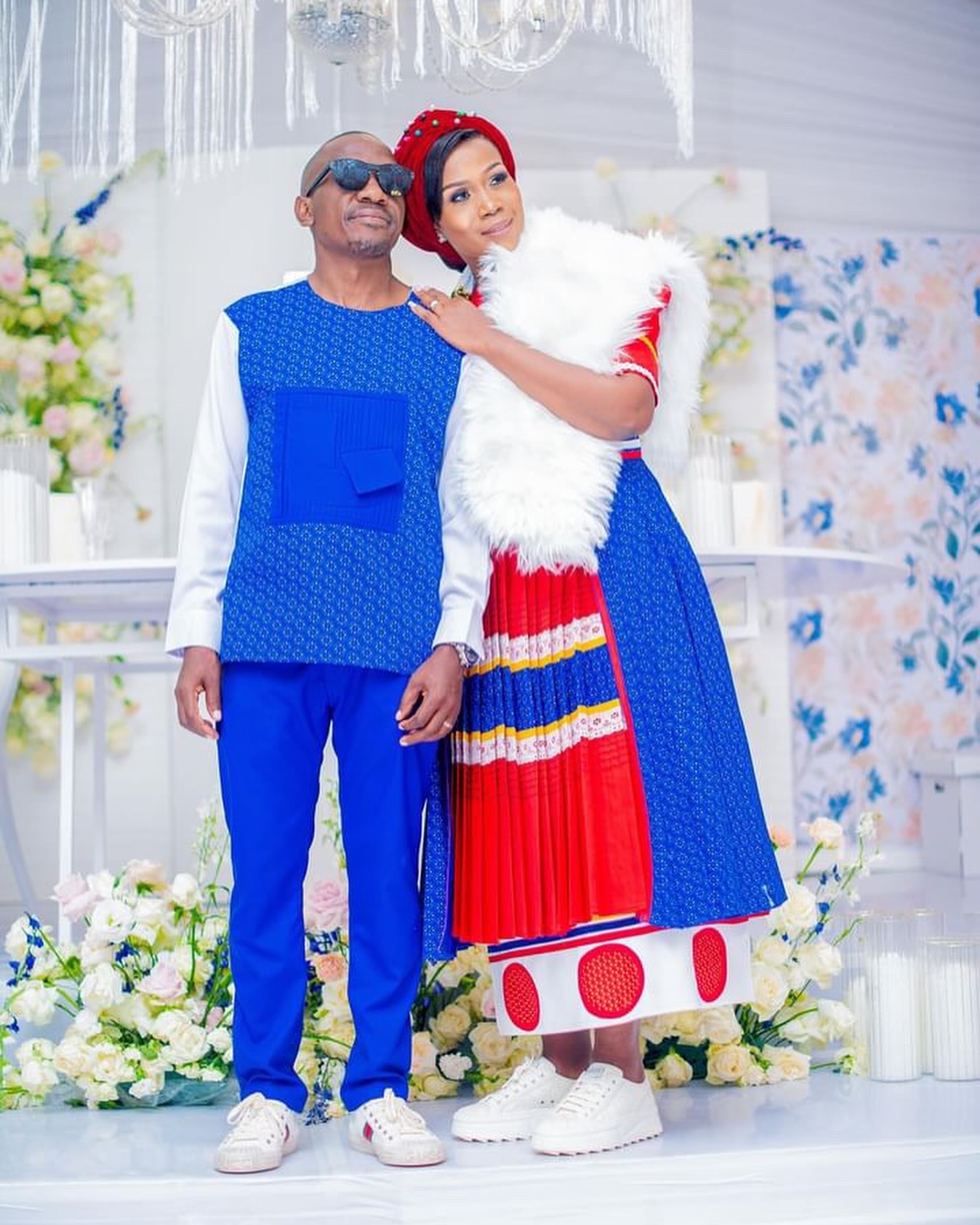
Comments are closed.